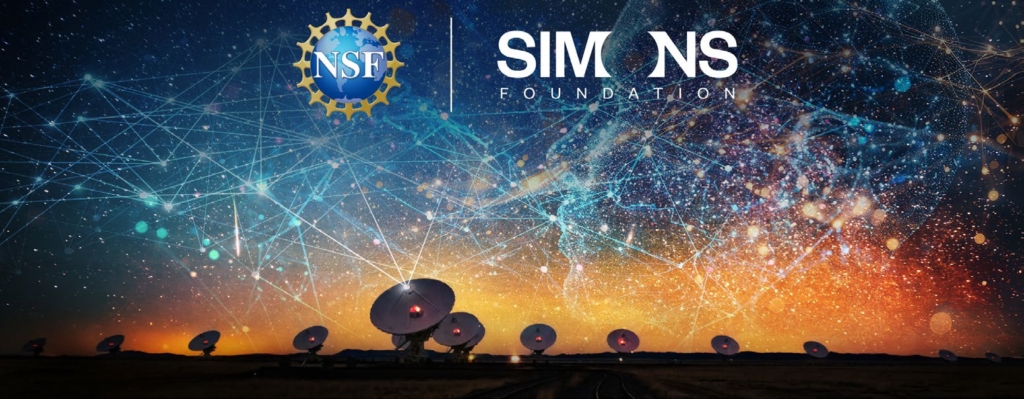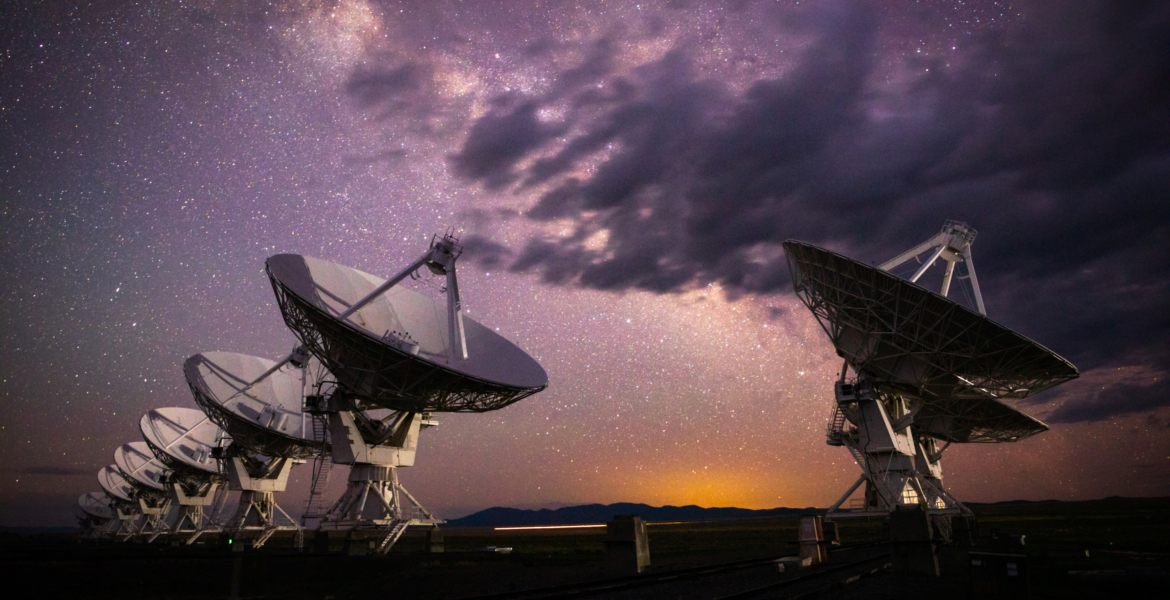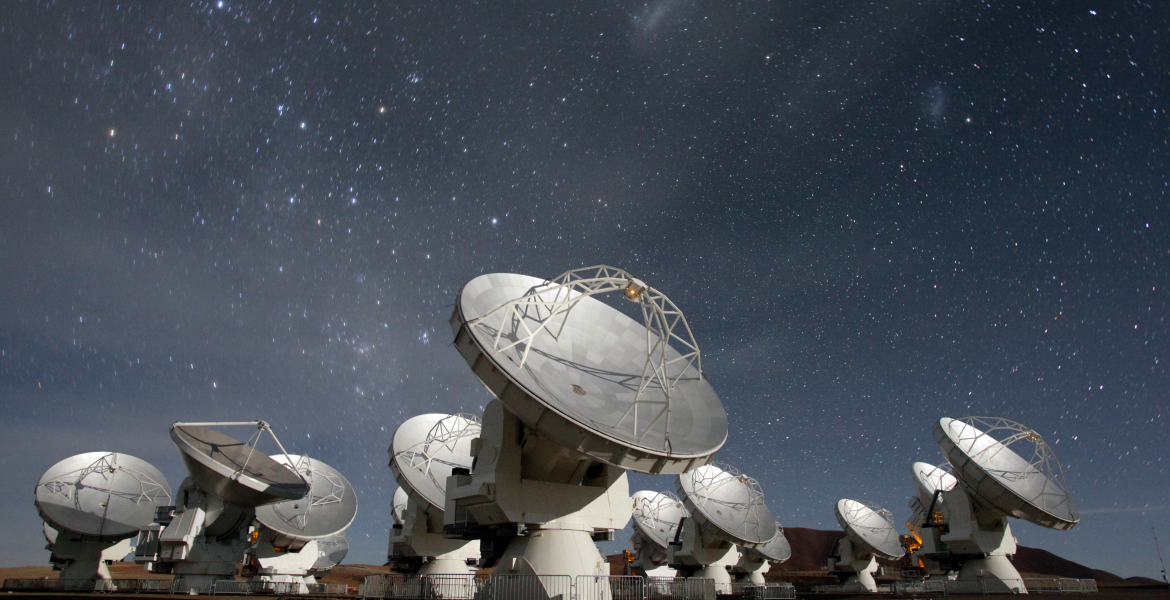There should be a lot of carbon in space, but surprisingly, it’s not always easy to find. While it can be observed in many places, it doesn’t add up to the volume astronomers would expect to see. The discovery of a new, complex molecule (1-cyanopyrene), challenges these expectations, about where the building blocks for carbon are found, and how they evolve.




